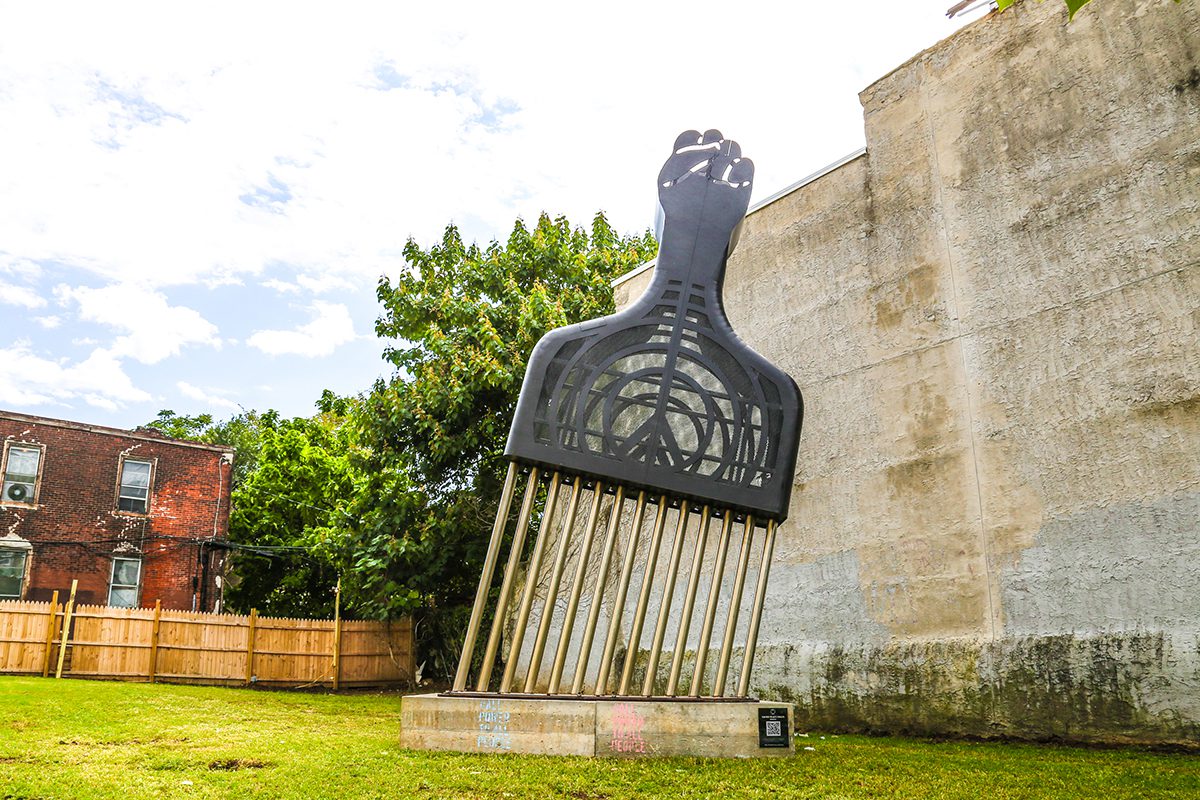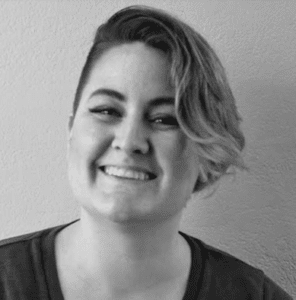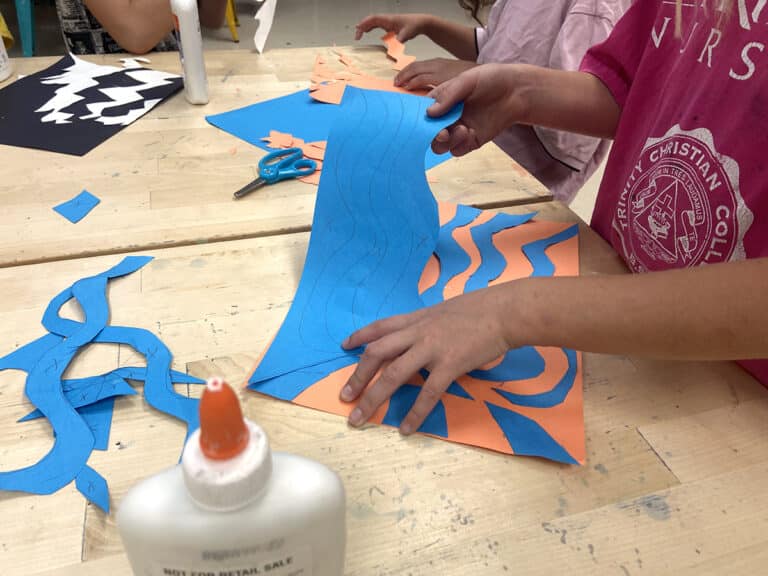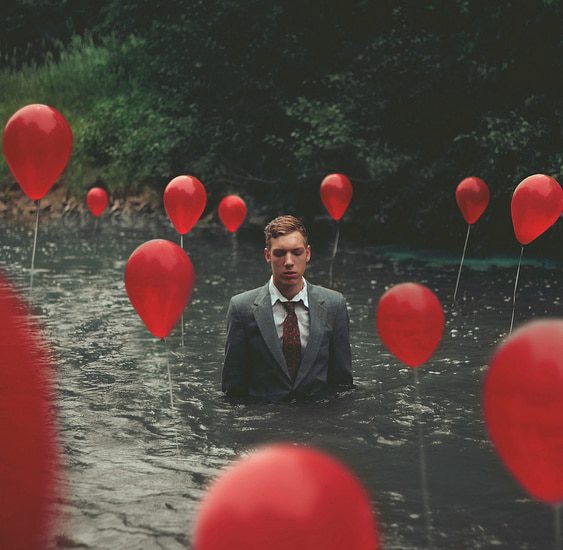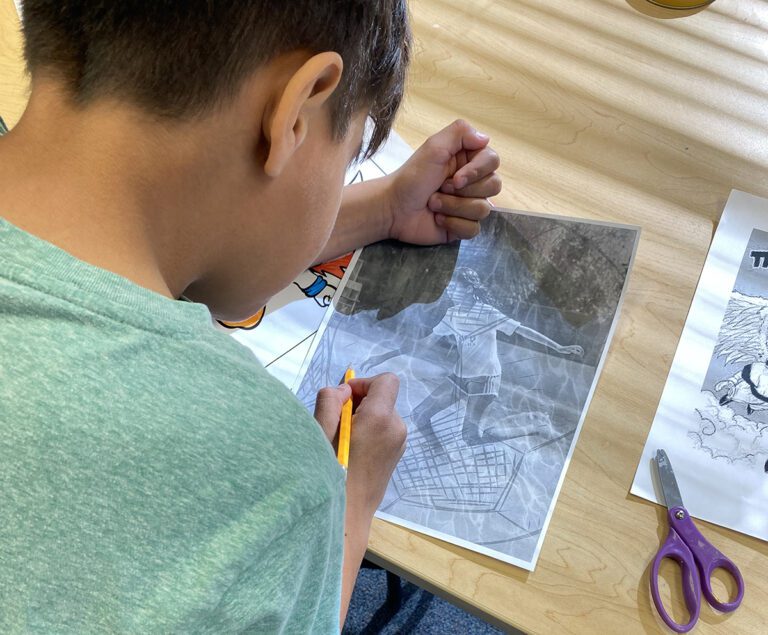Art and activism have long been intertwined. While the popularity of protest art spiked in the 1960s with growing public access to copy machines, the link existed long before. From ukiyo-e woodblock printing that made art accessible to the masses in seventeenth and eighteenth-century Japan to the tongue-in-cheek Calaveras (or skeleton) prints by Jose Guadalupe Posada that poked fun at the wealthy in the late nineteenth century. Art serves as a universal language, which is likely why activist artists have been prevalent throughout history.
Including activist art and artists in your lessons can help build a responsible, well-rounded curriculum. This aligns with the NCAS Anchor Standard 11 which states, “Relate artistic ideas and works with societal, cultural, and historical context to deepen understanding.” Infusing activist art and artists can also show students how they can use their voices to explore issues that are important to them.
Note: Artists have been arranged in alphabetical order by their first name. Peruse the links below and consider how these artists and works fit into your district and curriculum parameters to determine if they are a good fit and appropriate to share with your students.
Read on for resources about five activist artists you may already know and ten more you need to learn about!
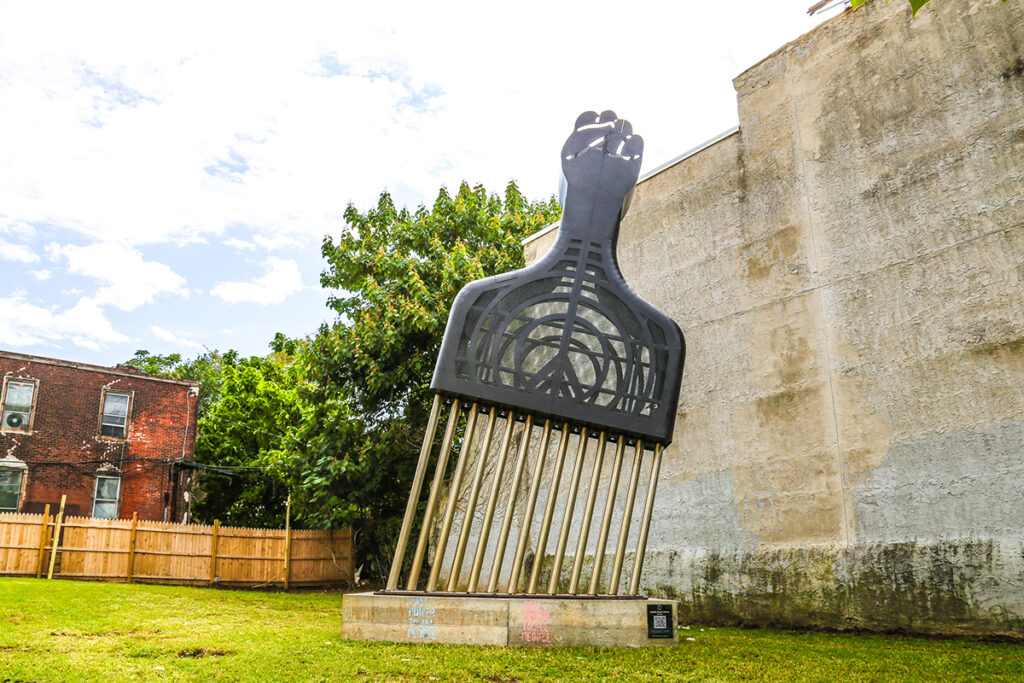
Here are five activists artists you may already know:
1. Ai Weiwei
Ai Weiwei has famously worked with various mediums, materials, and styles. His sculptural installations critiquing the Chinese government pushed him onto the international stage. He currently works primarily with film. He curated a documentary film called Cockroach that follows the 2019 protests in Hong Kong before China placed it back under its judicial and political control. He is also continuing a docuseries about the life of Rohingyan refugees.
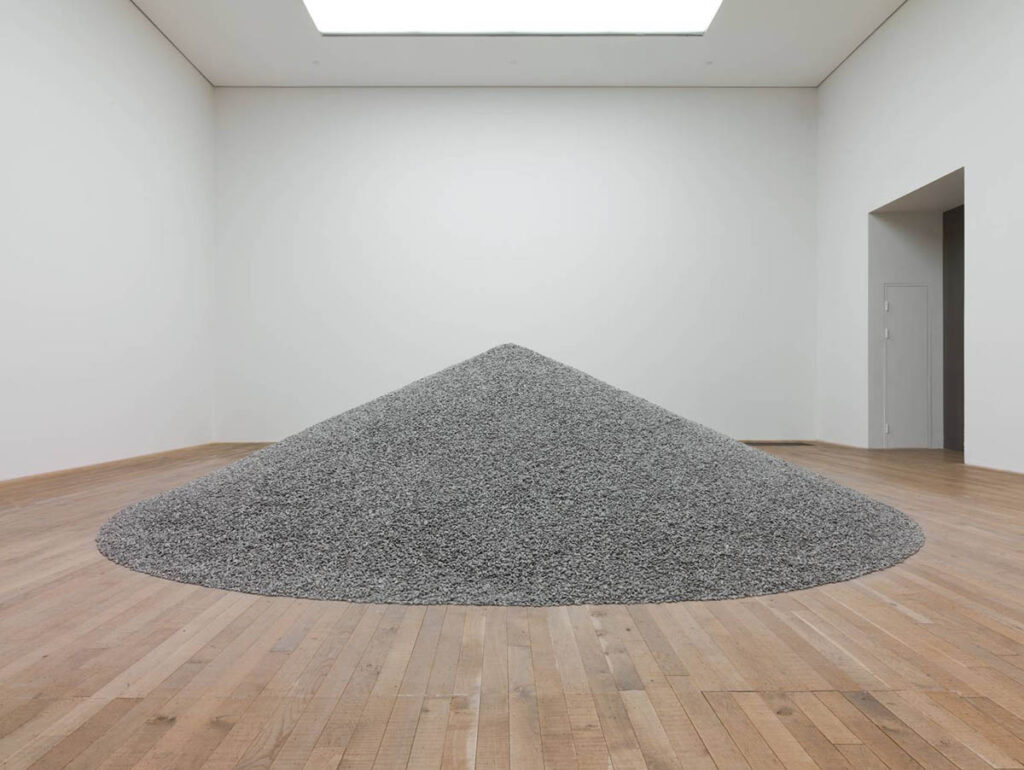
2. Faith Ringgold
When traveling around Europe in the 1960s, Faith Ringgold created her first political artworks and has never looked back. Although Ringgold works with many different mediums, she is primarily known for her story quilts. They document Black history while calling for action and racial equity. Her most significant artistic influences are the mask traditions in Nigeria and Ghana.
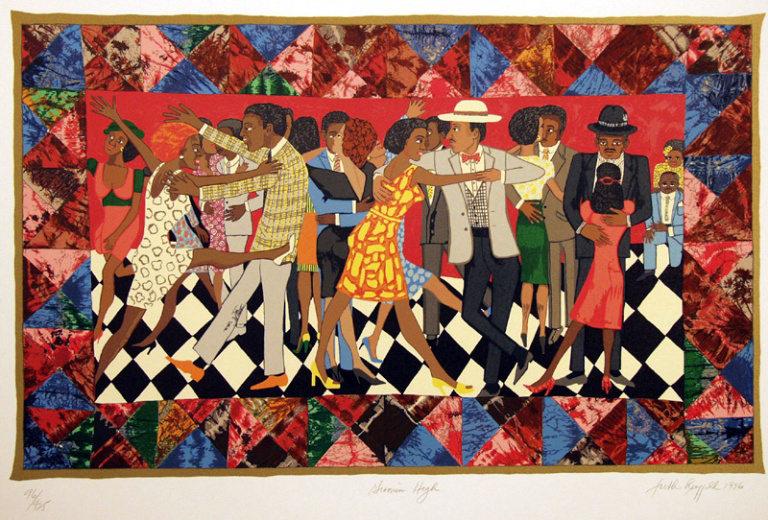
3. Kehinde Wiley
Kehinde Wiley is an American artist whose artwork, in his words, “quote[s] historical sources and position young black men within the field of power.” His realistic and intricate paintings gained him critical acclaim. His artwork centers around Black and brown men, making them the heroes of each narrative he creates. In 2017, Wiley was commissioned to paint the presidential portrait of Barack Obama. He was the first Black and queer artist to be commissioned for an official presidential portrait.
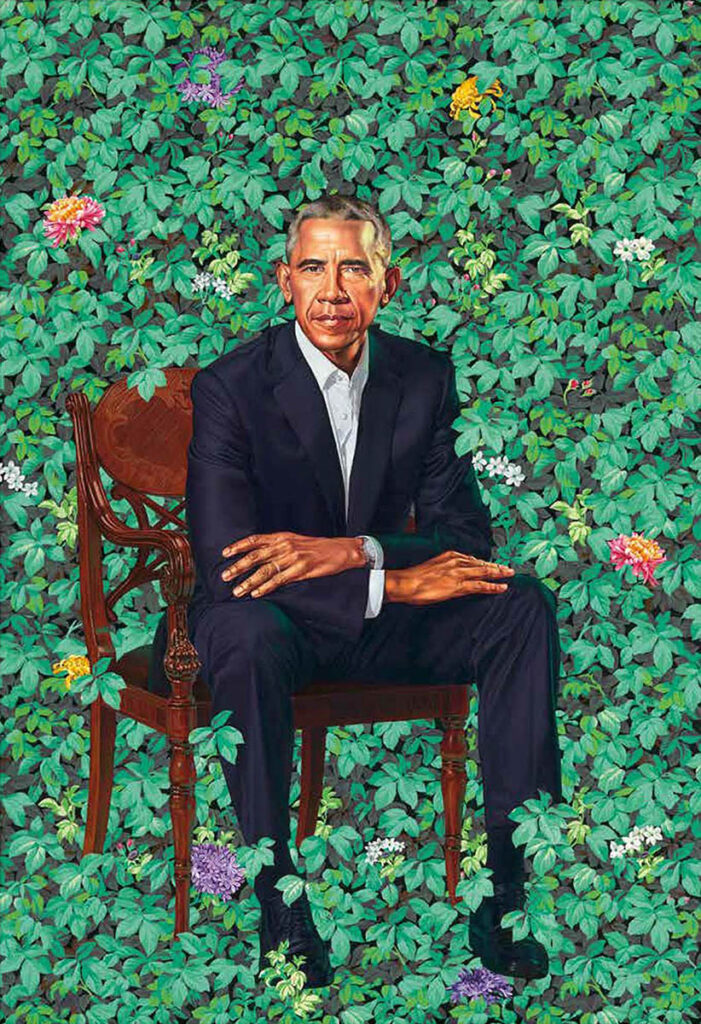
4. Keith Haring
Keith Haring’s iconic drawings and recurring characters have stayed relevant long past the artist’s lifetime. Armed with large markers, Haring would take to the streets to ensure that his artwork was available to everyone, not just the wealthy who could afford “high art.” Much of his art also focused on celebrating and enjoying queerness. In the 1970s and ’80s, queerness was a very taboo subject matter. In 1988, Haring was diagnosed with AIDS. He publicly shared his diagnosis. As a gay man during the height of the AIDS epidemic, he felt called to spend the last few years of his life making art advocating for the treatment of patients living with HIV and AIDS, as well as breaking down the stigma surrounding people living with those diagnoses.
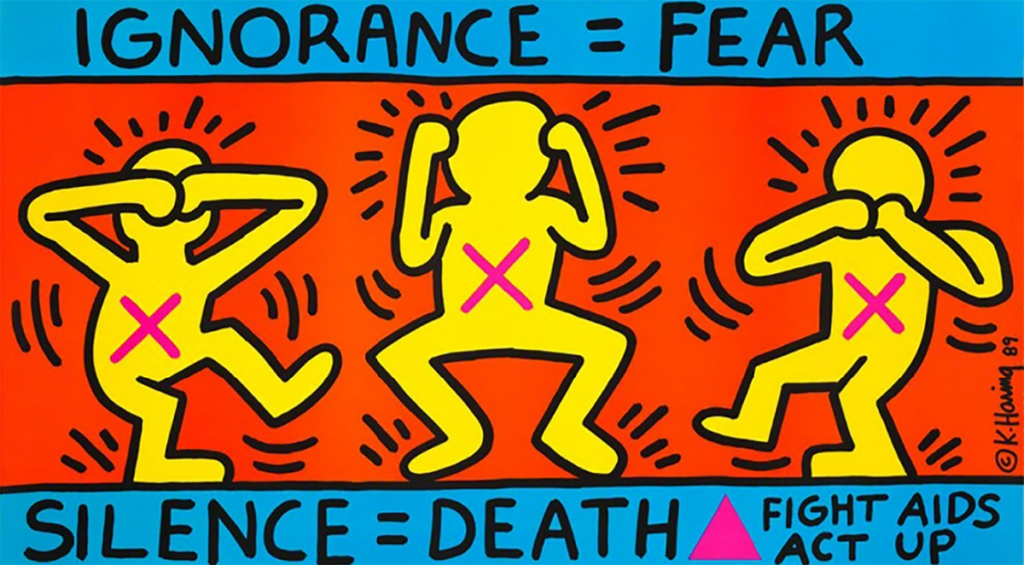
5. Shepard Fairey
Shepard Fairey’s Andre The Giant Has A Posse and OBEY slaps are immediately recognizable. Launched onto the global stage with his iconic 2008 Obama HOPE poster, Fairey has continued to be an activist with his art. He took out full-page ads in newspapers across the country to provide artwork for Women’s March participants in 2017. He is also an active member and sponsor of the Amplifier Art Lab. His fifteen-story mural in Sacramento, California, featuring the one and only Johnny Cash, advocates for the reformation of the prison system.
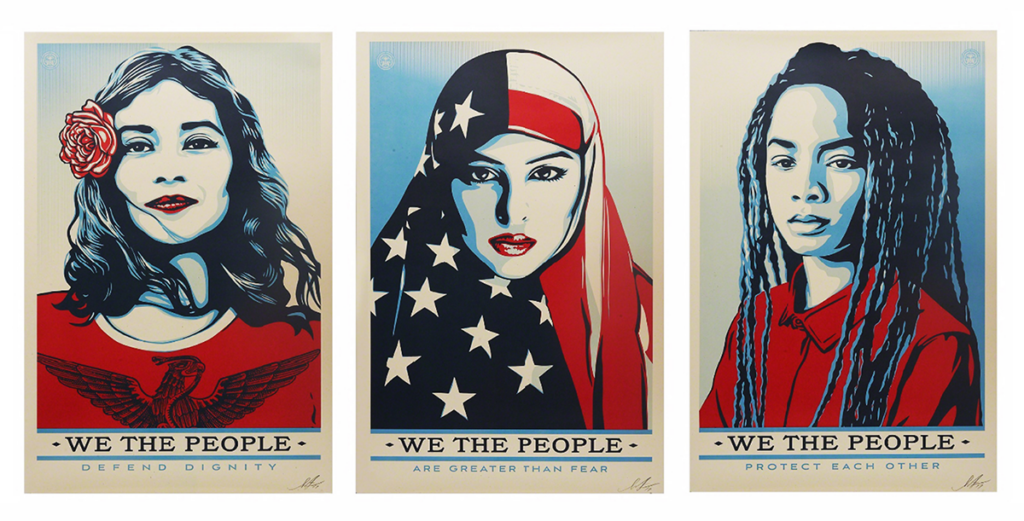
Here are ten activist artists you may not know yet:
1. Ali Ferzat
Ali Ferzat (also spelled Farzat) is a Syrian political cartoonist. A prolific artist, Ferzat has been a published artist since he was a young teen. A critic of authority, Ferzat’s artwork focused on general critiques of authoritarian regimes. Once the Syrian Civil War began in 2011, Ferzat began targeting the Syrian government and their president Bachar Al-Assad in his cartoons. In August of 2011, Ferzat was famously kidnapped by pro-Assad gunmen who savagely beat him and broke both of his hands because of his drawings. Undeterred, Ferzat still publishes his cartoon critiques of the Assad regime.
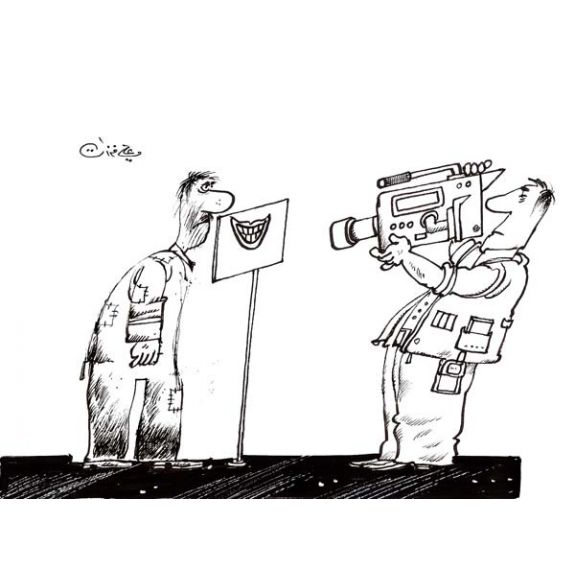
2. Anjali Mehta
Anjali Mehta is an illustrator from New Delhi, India. She is primarily known for her graphic shapes, gentle lines, bold colors, and strong female subjects. She is also designing a series titled Enroute Extinction that uses the same bright colors and familiar layout of a postage stamp. This series highlights animal species in India that are at risk of extinction.
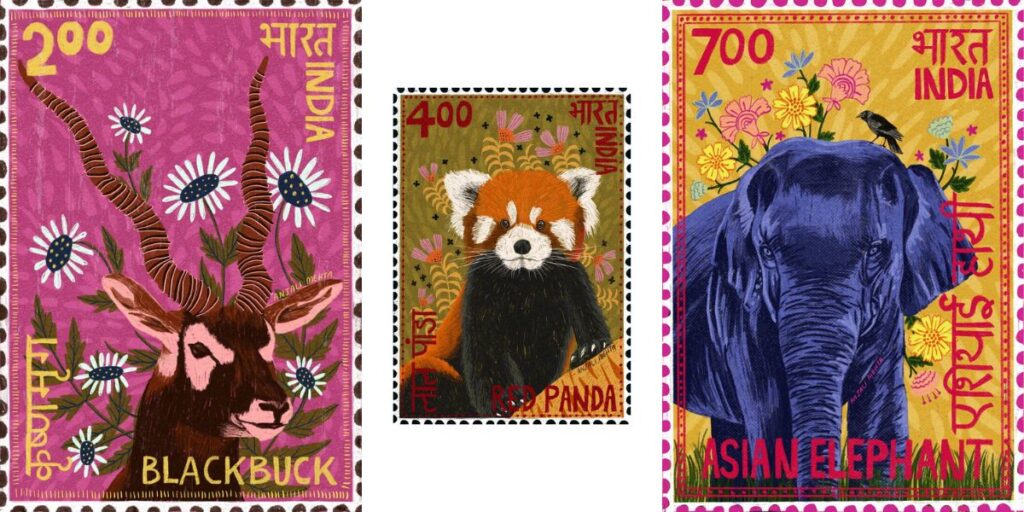
3. Brady Black
Brady Black is a Texas artist currently based in Beirut, Lebanon. He describes himself as a large-format artist whose preferred pieces are large-scale community murals. These murals are created in collaboration with the community they are painted in. The goal is to empower these traditionally underserved communities and to help them be seen. Following the tragic shooting at Robb Elementary School in Uvalde, Texas, in May of 2022, Black created and supervised the installation of portraits of the young victims and their teachers around Dallas, Texas.
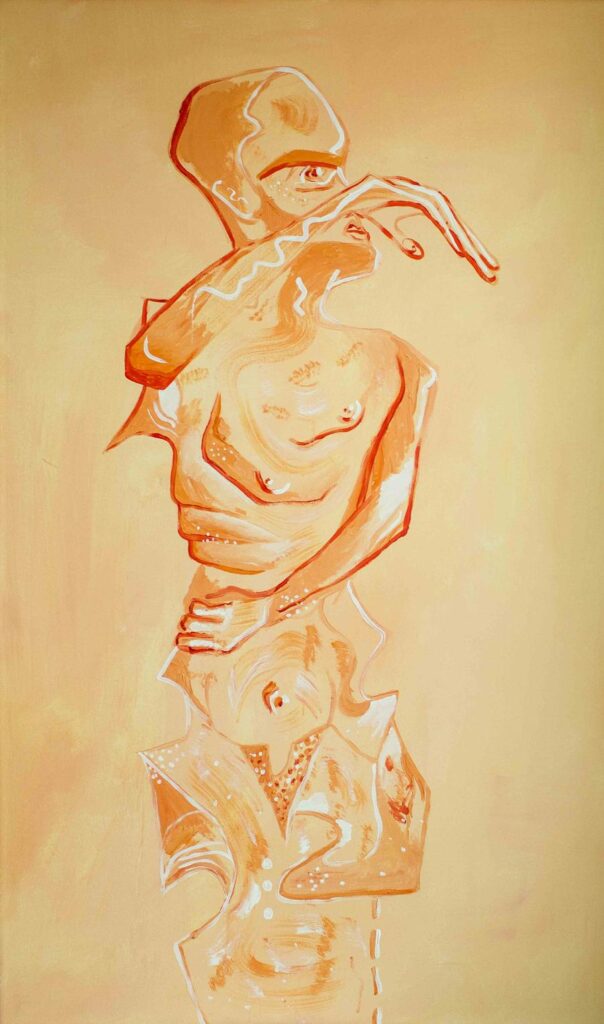
4. Chella Man
Chella Man is a New York-based artist who is not limited to one medium. He experiments with everything from tattooing to collages to performance art and murals. Man brings activism and awareness to many parts of his identity, including being deaf, Chinese, Jewish, and trans. His prolific portfolio highlights the power of utilizing multiple mediums to reach different audiences.
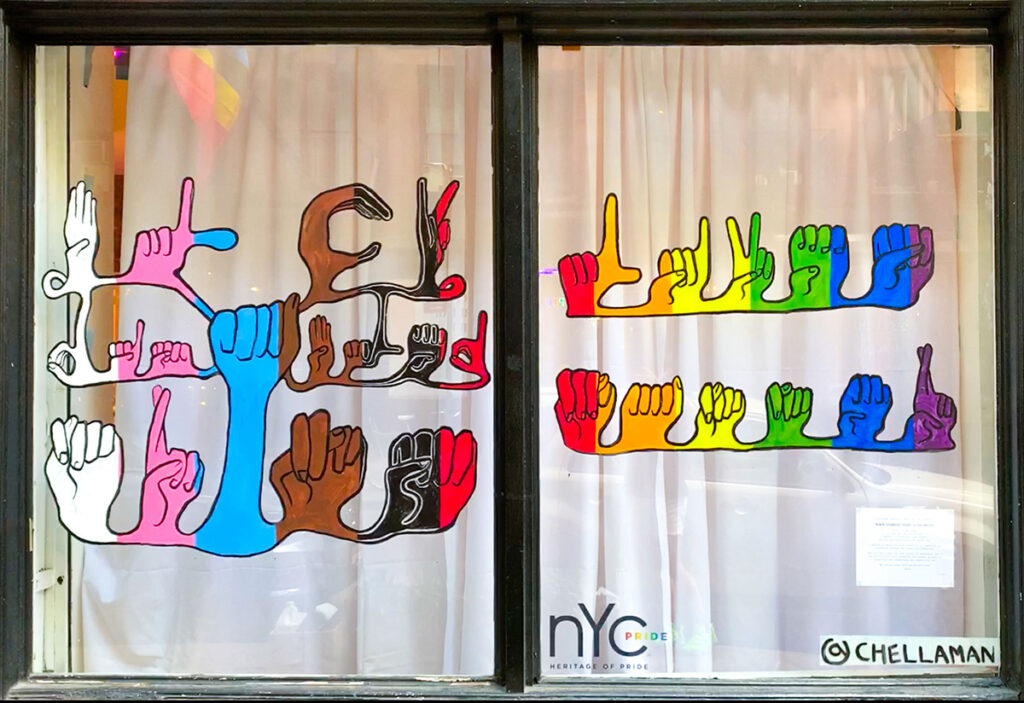
5. Hank Willis Thomas
Hank Willis Thomas is a Brooklyn-based artist. He is described as a “conceptual artist focusing on themes relating to perspective, identity, commodity, media and popular culture.” He is most known for his work in photography and sculpture. Thomas centers his work around generalizations attributed to race, gender, and ethnicity. As a Black American, he pays particular attention to the historical treatment of African-Americans and Black people in the United States. He uses a lot of imagery attributed to slavery, Black empowerment, and the Civil Rights Movement. He has multiple permanent installations around the United States and is a founding member of the public art platform For Freedoms.
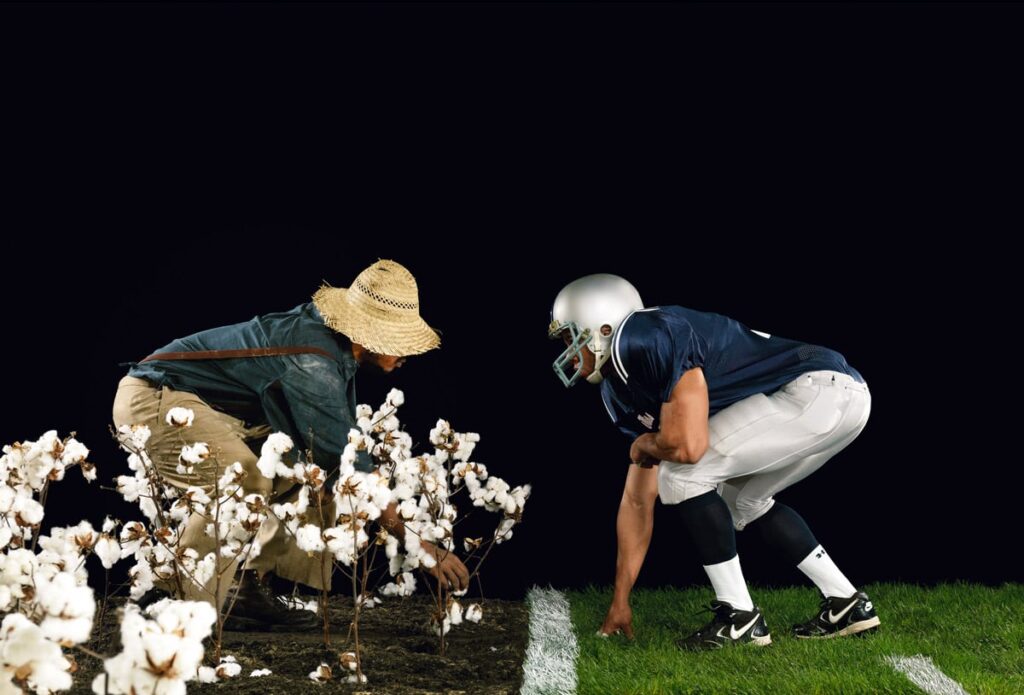
6. Jeff and Wendy Photography
Jeff and Wendy are a husband-and-wife wildlife photography team based out of California’s Bay Area. Armed with cameras and decades of art and design experience, they share their photographs to promote awareness and respect for all wildlife and habitat conservation. They openly share how they keep a safe distance while shooting photographs. They call this approach “ethical wildlife photography.” It keeps both animals and humans safe while allowing Jeff and Wendy to observe animals in a more natural, comfortable, and often playful state. Because of this approach, they have been honored by Sea Otter Savvy as the first wildlife photographers to be Community Active Wildlife Stewards.
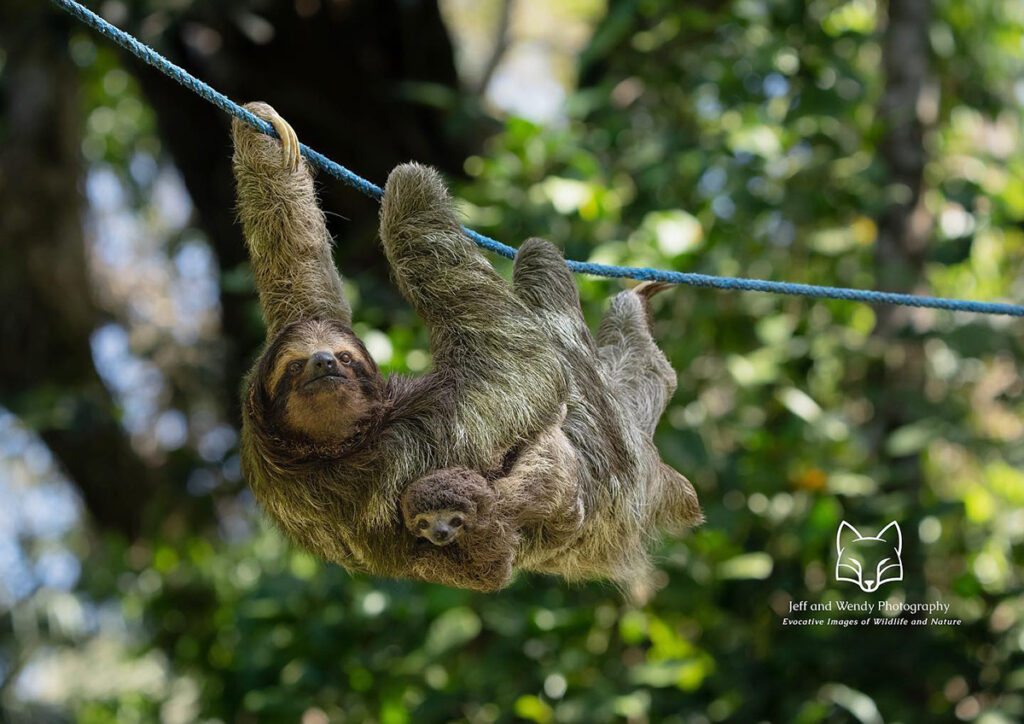
7. Jenny Holzer
Jenny Holzer’s captivating text-based artwork caught people’s attention in 1970s New York. At the time, she was limited to printing posters. Throughout her career, she has used LED, projected light, printed words, installations, and landscape work. The topics of her pieces are diverse yet always center on amplifying the voices of the marginalized. For example, she created a series for World AIDS Day in 2018, a series highlighting the need for legislative reform of firearm access in the United States, and she created a get-out-the-vote campaign in Los Angeles.
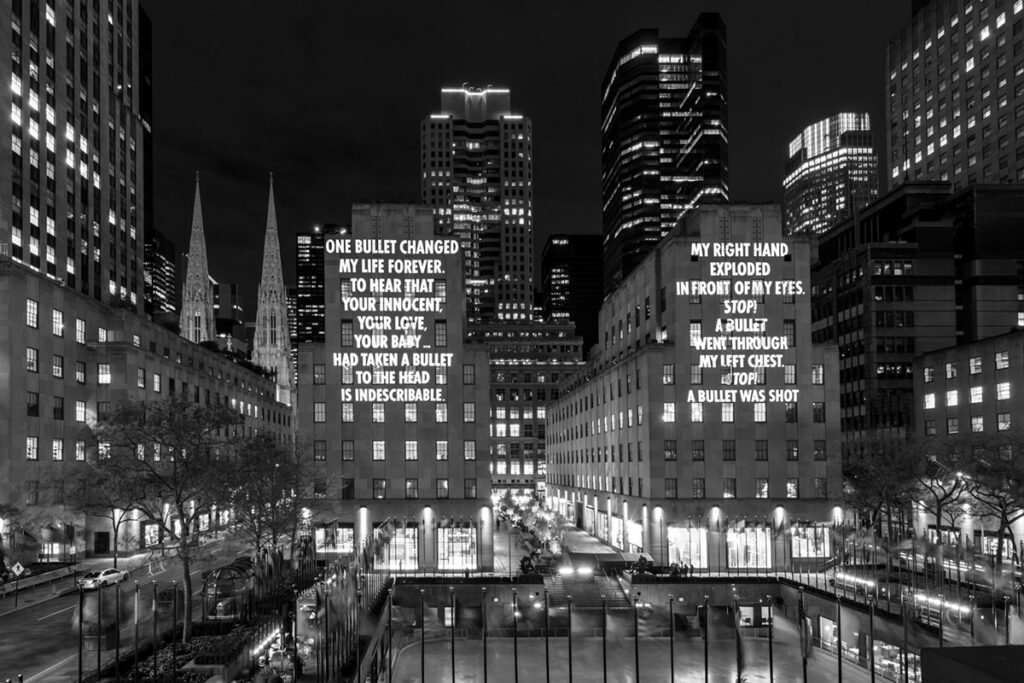
8. Kate DeCiccio
Kate DeCiccio is based in California’s Bay Area. “Her work centers portraiture for counter-narrative, community storytelling & cultural strategy on behalf of abolition and collective liberation.” Her advocacy stems from her work as an educator. She shares stencil and artmaking workshops with young people nationwide. Her goal is to promote play, collaboration, and art-as-advocacy.

9. LMNOPI
LMNOPI is a Vermont-based street artivist. In her words, she “[utilizes] her artistic skills as a way to amplify messages emanating from within movements for social, economic, racial and climate justice.” Her murals combine colorful topographical map backgrounds with sepia-toned portraits. LMNOPI’s goal is to celebrate the resilience and creativity of indigenous and native communities. She also draws attention to the confines and ills of colonialism and the climate crisis.
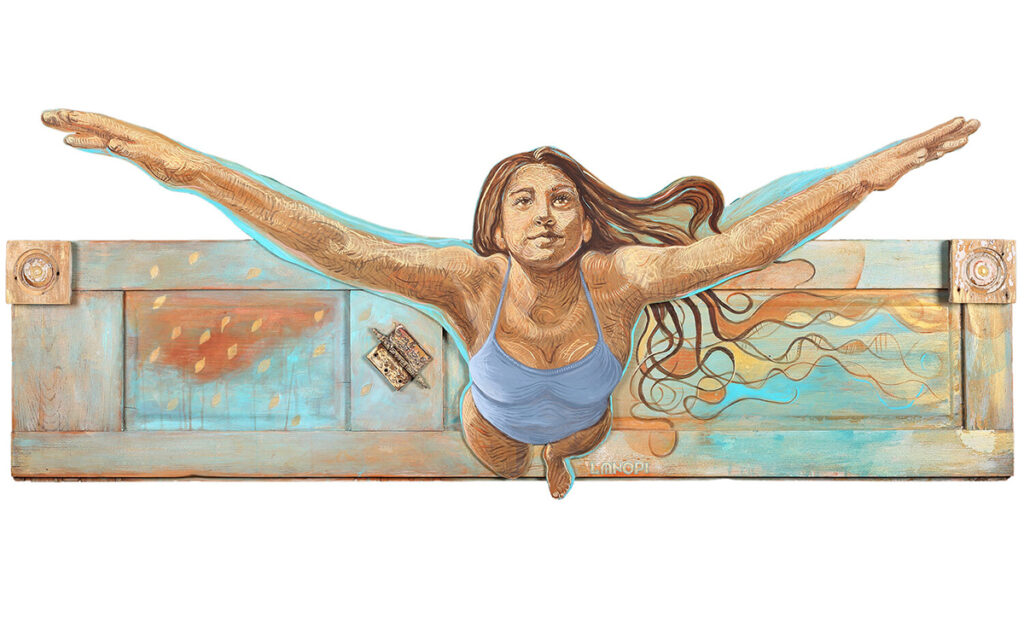
10. PostSecret
PostSecret is an ongoing group art project that Frank Warren started in 2005. Participants anonymously mail secrets to Warren on homemade postcards. Secrets are then selected and featured on a weekly website update, on social media, or in one of PostSecret’s books. Early in PostSecret’s run, Warren began using the website to raise awareness about the importance of mental healthcare and suicide prevention. PostSecret hosts fundraising and volunteer drives for the IMAlive Online Crisis Network.
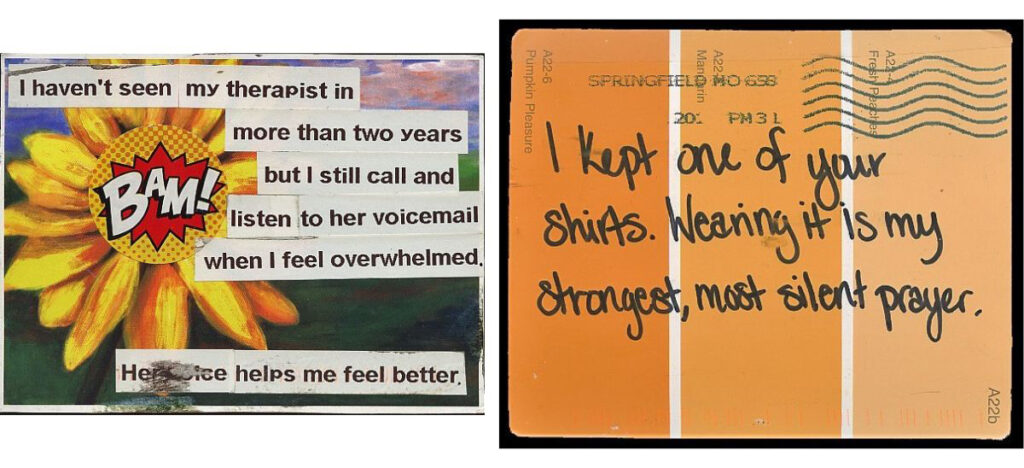
With examples ranging from Uncle Sam to Guernica, art and calls to action have gone hand-in-hand throughout history. With the prevalence of social media, activist artists are becoming even more visible. Take some time to research historical and contemporary activist artists who use their voices to bring attention to issues that are important to them. Consider how these artists and works fit into your district and curriculum parameters to determine if they are a good fit for your students. Introducing these artists can be a great way to show students how they have the power to voice their opinions through art.
National Core Arts Standards (2015) National Coalition for Core Arts Standards. Rights Administered by the State Education Agency Directors of Arts Education. Dover, DE, www.nationalartsstandards.org all rights reserved.
NCAS does not endorse or promote any goods or services offered by the Art of Education University.
How do you approach activist art in your classroom?
Who are three artists from this article who you are interested in learning more about?
Magazine articles and podcasts are opinions of professional education contributors and do not necessarily represent the position of the Art of Education University (AOEU) or its academic offerings. Contributors use terms in the way they are most often talked about in the scope of their educational experiences.
